Breakthrough on how Chernobyl dogs survive in nuclear disaster zone
It’s believed the packs are descendant from pets left behind in the wake of the 1986 nuclear disaster – scientists want to know how they’ve thrived.
Packs of wild dogs that have thrived in the shadow of the world’s worst nuclear disaster may have evolved more quickly in order to survive.
A landmark study of the 500 dogs living around Chernobyl, Ukraine, found multi-generational exposure to radiation may have led to genomic changes.
The free-breeding dogs are believed to be descendants of pets left behind by Chernobyl’s human population fleeing the 1986 meltdown disaster.
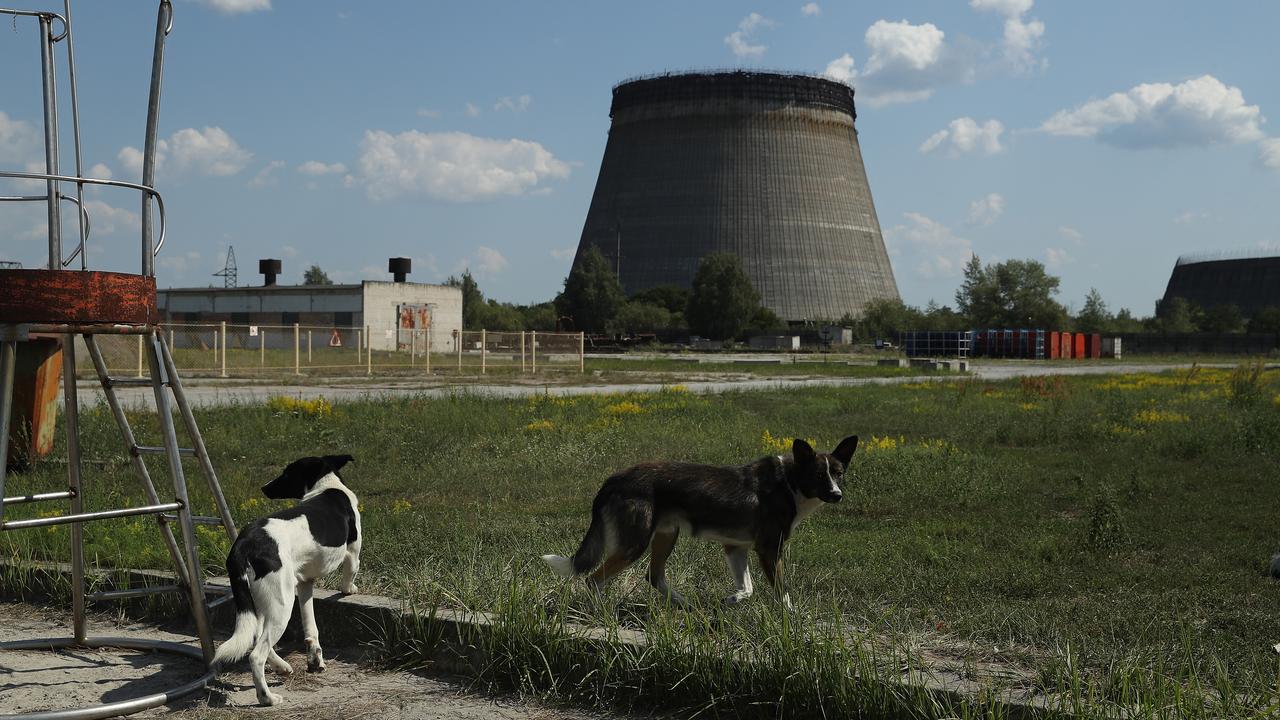
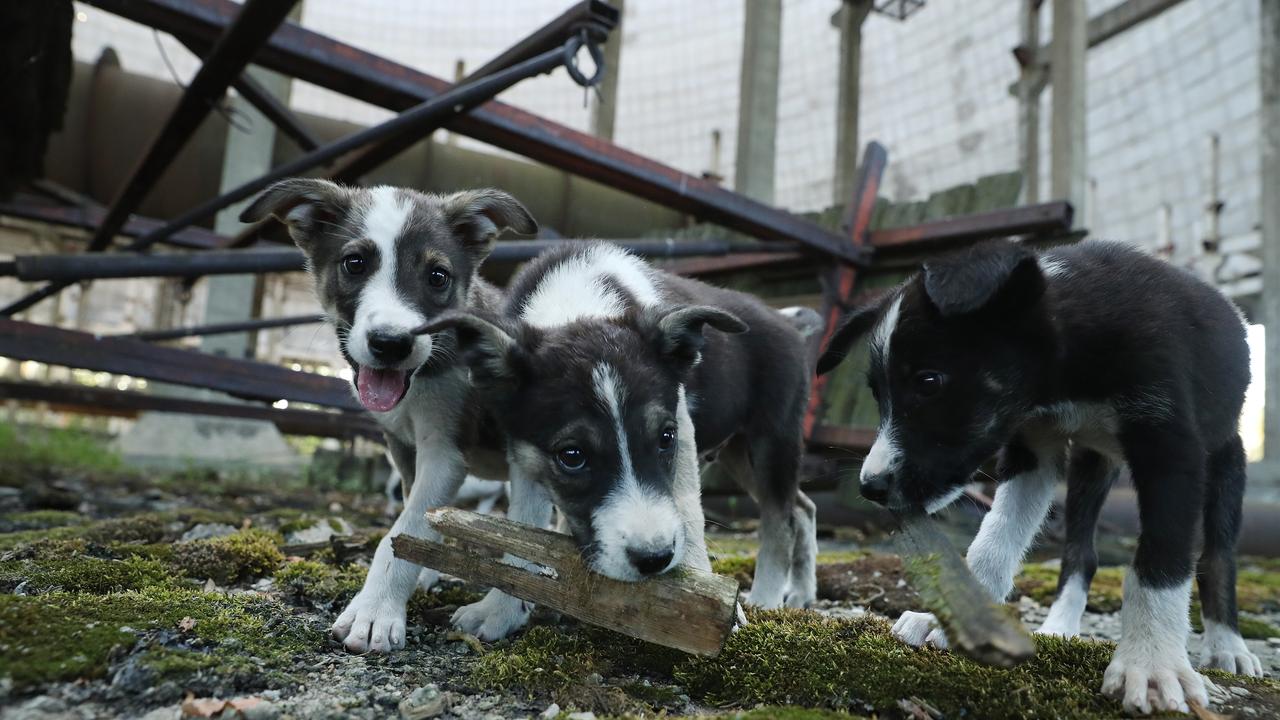
How they have survived and continued to grow in population has been somewhat of a mystery, according to a 2023 study published in journal Canine Medicine and Genetics.
“In this foundational study we determined that while the two local populations of dogs are separated by only 16km, they have very low rates of interpopulation migration,” the paper reads.
“We also detected genetic evidence that suggests that these population may have adapted to exposures faced over many generations.”
The study found there were two main groups of dogs – one living around the power plant and another within Chernobyl city.
There appeared to be little migration or breeding between the groups, despite their proximity.
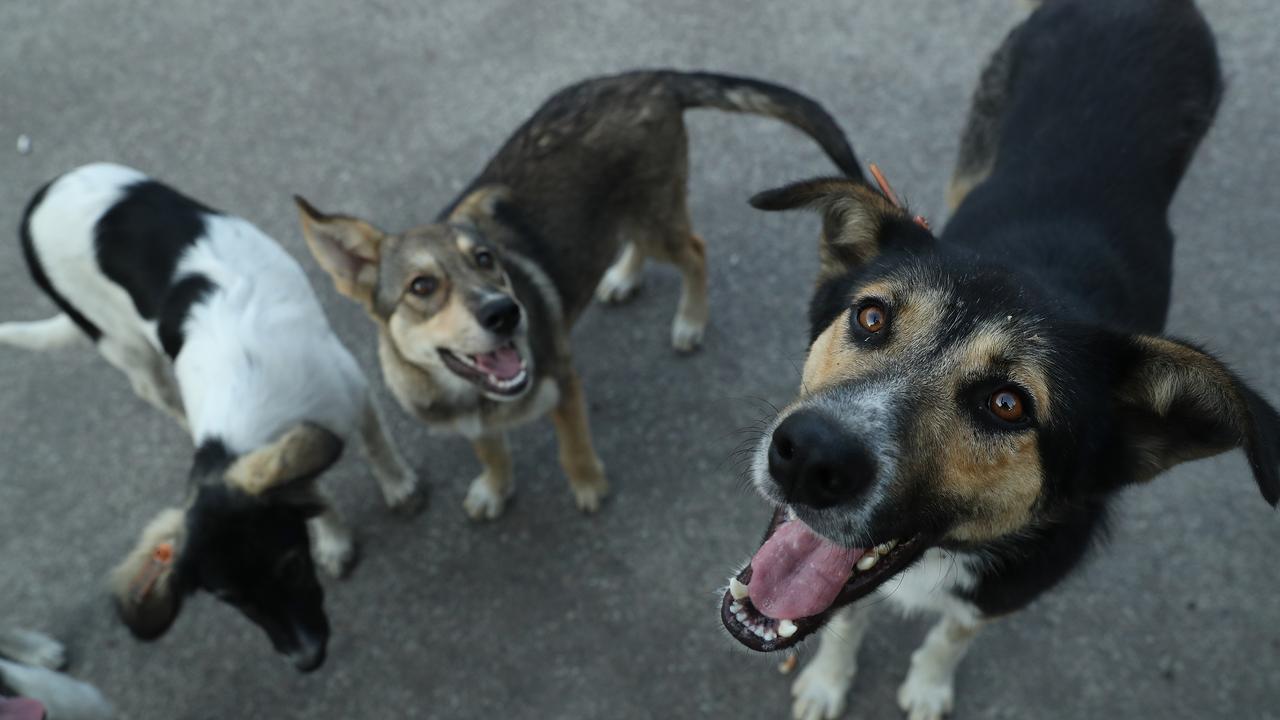
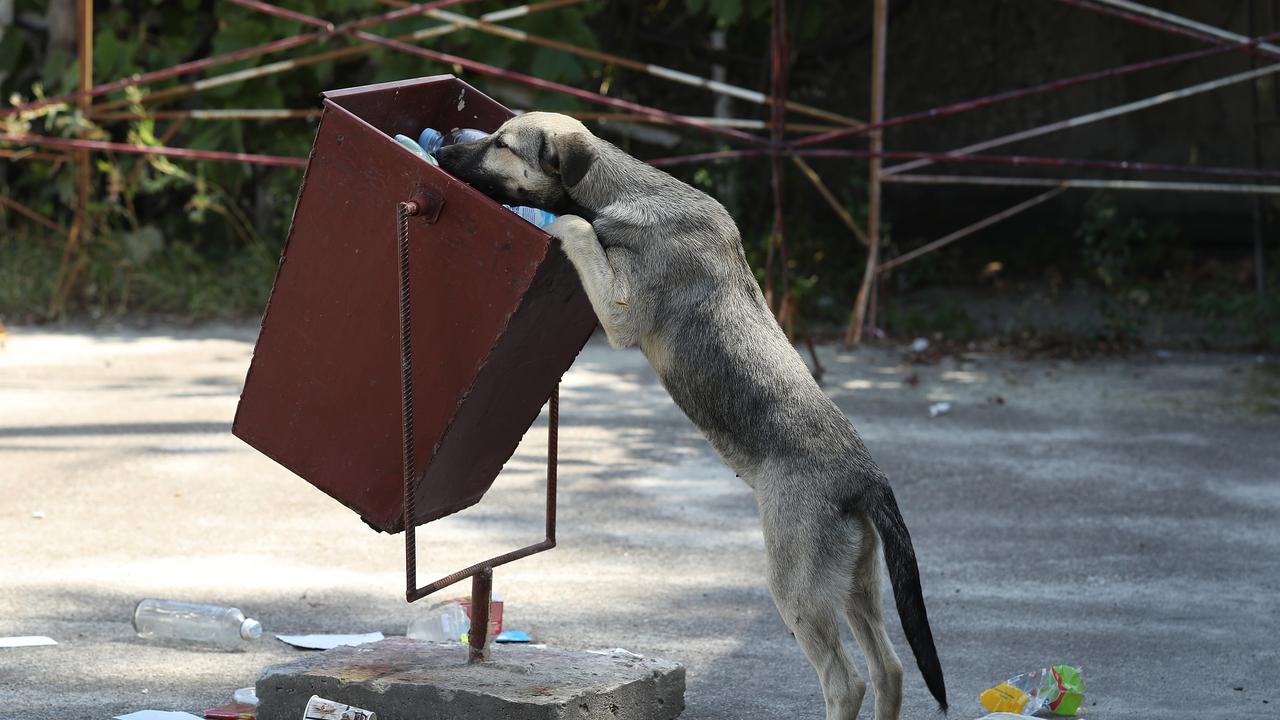
When it came to their genetic make ups, researchers identified 52 genes that could be associated with exposure to the contamination of the nuclear power plant.
“These include (Gene Ontology) terms associated with DNA repair, cell cycle signalling, response to radiation, calcium ion binding, and immune function,” its findings state.
The report went on to say “several of the exposures faced by the population living in the region of the Chernobyl Nuclear Power Plant are known to be mutagenic”.
“As we explore the genomes of the dogs at this location, we aim to identify genome variants that were potentially induced by the prevailing multi-generational exposures and then subjected to ongoing selective pressures to maintain them in the population.”
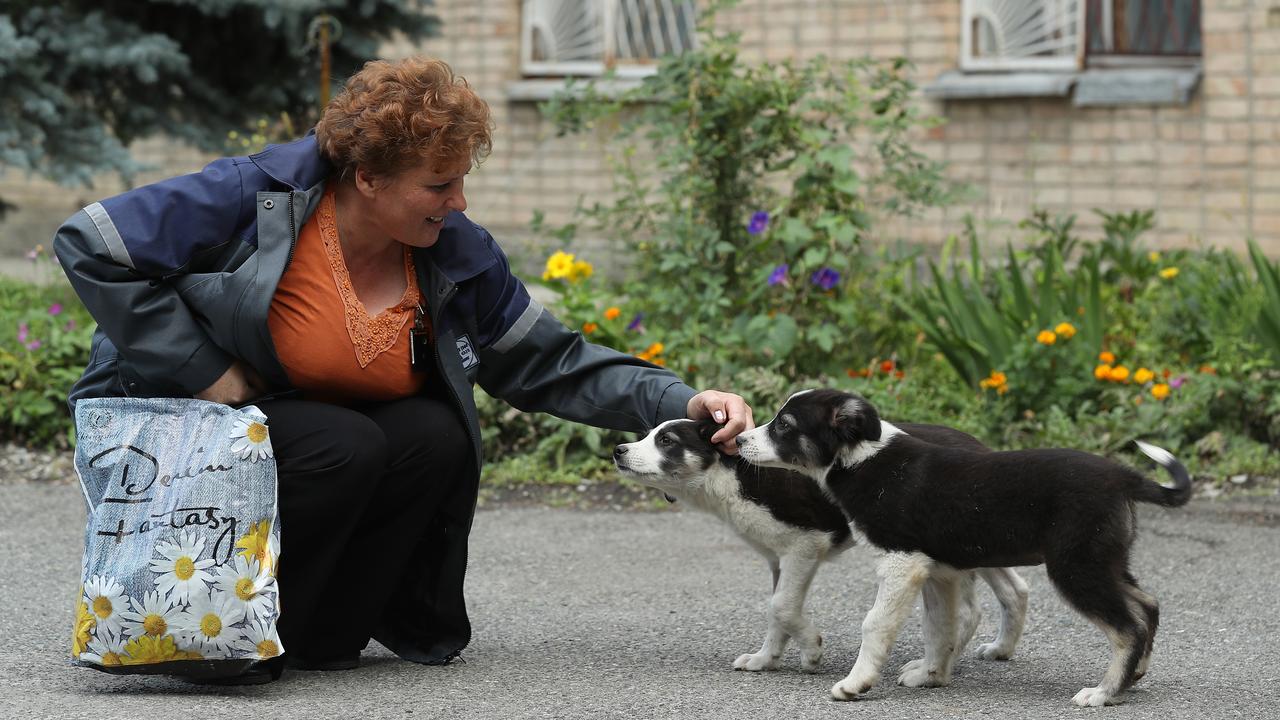
Speaking with The Independent, Dr Matthew Breen from NC State University in the US said the overarching question was “does an environmental disaster of this magnitude have a genetic impact on life in the region?”
“By teasing out whether or not the genetic changes we detected in these dogs are the canine genome’s response to the exposures the populations have faced, we may be able to understand how the dogs survived in such a hostile environment and what that might mean for any population – animal or human – that experiences similar exposures.”
All 61 of the nuclear power plant dogs and 52 out of 55 of the Chernobyl city dogs were identified as being at least 10 per cent German Shepherd, according to the study.
“None of the sampled dogs in either the Nuclear Power Plant or Chernobyl City populations were determined to be purebred, with both populations averaging 25 breed matches per dog.”
Originally published as Breakthrough on how Chernobyl dogs survive in nuclear disaster zone





